Navigating the ever-evolving landscape of design, Chinese artist and designer, Duyi Han invites us to explore the profound connection between aesthetics and mental health through his furniture collection, The Ordinance of the Subconscious Treatment. Han’s work delves into the realm of neuroaesthetics, a discipline focused on understanding aesthetic experiences in art and objects that evoke aesthetic judgement. STIR explores the designer’s distinctive approach, blending traditional Chinese motifs with contemporary mental health practices, and the philosophical underpinnings that guide his creations.
Han’s journey into the world of neuroaesthetics begins with a deep dive into elements in traditional Chinese architecture which are found within Buddhist temples. His creations, opulent and hypnotic, reimagine traditional elements into functional design. The ornate crowns, parasols, and banners once confined to sacred spaces find new life in the furniture designer’s pieces. With a background in architecture and a stint at the renowned Herzog & de Meuron, Han brings a unique perspective to his work, recontextualising these elements into hypnotic and soothing furniture.
The choice of using colours such as Magenta Sunrise on Moonlight Aqua silk for embroidered drapes and covers serves as a nod to ancient Taoist talismans, specifically the Fulu. Traditionally, these talismans, intricately embroidered with calligraphy, were placed in homes by the Chinese folk healers to dispel evil and illness. The Chinese designer’s reinterpretation substitutes traditional calligraphy with structural formulas, infusing his creations with a contemporary touch, bridging Eastern symbolism with Western medical concepts.
This is palpable in product designs within the collections such as the coffee table adorned with the chemical compound for Amphetamine (more commonly known as Adderall). The Melatonin side tables for either side of a bed and a Vitamin D daybed paired with two iVitamin B-12 chairs; the two vitamins that naturally support each other to be easily absorbed in our bodies, further expand this discourse merging Western medicine symbolism with the enduring potency of ancient Chinese iconography.
At the heart of the collection stands the Oxytocin cabinet, a tall talisman colloquially known as the “love drug”. The silk drawers within become the perfect abode for daily prescribed supplements and love letters, encapsulating a holistic approach to mental well-being. The product designer’s vision transcends mere functionality; his creations become neuroaesthetic prescriptions. His work engages with diverse temporal cultural contexts and emotional functions, inviting viewers to reflect on the dialectic between homoeopathic traditions and scientific medicine within visual culture. The cabinet’s journey extends beyond its creation; it is currently under the acquisition process by SFMOMA. Unanimously approved at the recently concluded FOG Art Fair by the acquisition committee, it now awaits the final approval from the museum’s board. This recognition reaffirms the impact of Han’s work, solidifying its place in the contemporary art and design landscape.
Han’s meticulous process involves a fusion of 3D-printed resin, wooden or metal forms, which are then upholstered in velour fabric. The signature touch comes with the addition of the designer’s draped, pleated and folded embroidered silk. This unique amalgamation of materials and textures brings these furniture designs to life. This furniture designer’s creations, when placed in living spaces, play a dual role, emphasising the psychological tension between various dichotomies such as fear and love, authority and empathy and eeriness and familiarity. The pieces become a canvas where the viewer confronts the tension between pain and healing, conflict and reconciliation, control and disorganisation, illusion and reality. The interplay of these dichotomies creates an immersive experience, challenging viewers to confront their own perceptions of reality and emotion.
The genesis of the collection dates back to 2021, when Han undertook an interior design project near Shanghai. Designing for a 600 sqm art-themed apartment, he sought to create pieces that transcend the physical and visual, delving into psychological and spiritual depths. The final concept emerged after a meticulous research process, exploring the semiotic quality of design and visualising internal feelings. Mental health’s relevance became a guiding force, leading the designer to recognise and care about personal emotions while prompting viewers to contemplate their own. The designer’s hands-on approach is evident; he personally undertook most of the sewing of the exhibited pieces in San Francisco, while the embroidery was skilfully executed by local artisans near Shanghai. The choice of silk with its delicate imperfections, becomes a conduit for channelling out equally delicate feelings.
The designer’s artist approach, rooted in classical East Asian philosophy, takes a departure from Western philosophies. Attention to the ephemeral, the diffuse, and the fluid characterises this philosophy, mirroring the manifestation of Guanyin Bodhisattva, adapting to specific appearances in different situations. In the same spirit, Han’s approach embraces formlessness and colourlessness, embodying the idea of superior emptiness and countless possibilities inspired by Buddhism and Taoism. Han’s philosophy of manifestation extends to the idea of prescriptions; not diagnosing a “disease” or “problem”, but rather presenting something as an act of caring.
The graphic style of his website and logo, with a touch of medical and pharmaceutical impressions, reinforces this concept. The beauty of “extreme changes in an instant”, inspired by Zen Buddhism, resonates with the rapid information flow in our digital world and the capability of AI to process vast amounts of data. The designer’s attitude towards advanced technology, like AI, distinguishes him from his contemporaries who focus on direct integration. Han sees a matured balance emerging between forefront technology and traditional humanistic values. His neuroaesthetic philosophy doesn’t rely on algorithms but is inspired by the concepts, resulting in a design that resonates with both modernity and tradition.
Han’s thoughts on aesthetics prompt a re-evaluation of our conventional system of understanding. He challenges the norm, encouraging a shift from thinking about things in terms of what they are, to what they feel like to us. This change, according to the designer, can lead to a degree of sudden enlightenment, remapping our understanding of the world. In the neurological aspect, Han’s philosophy focuses on the step of information received by the eye/brain and processed in the brain. The ‘Ordinance’ apartment exemplifies this approach, where rooms are modelled on typical modern apartments and deviated from classical Chinese interiors. Yet, Han chooses to define them as Chinese, connecting them to the familiar experiences of contemporary Chinese millennials.
Born in 1994, Duyi Han traverses the realms of art and design, deeply involved in sculpture, furniture, scenography and digital art His works delve into themes of mental health and contemporary belief systems, seamlessly blending the soft elements of traditional East Asian architecture with the influence of modern design. Since 2019, his work has garnered recognition from multidisciplinary awards and media platforms in over 20 languages.
“I see my art as the design of aesthetic experience and emotional function”, says the designer encapsulating the essence of his work. Similar to gazing at heritage architecture in Rome, Han aspires that the viewers, when witnessing his creations, feel the beauty in the passage of time. Designing from the coordinate of feelings renders time relatively, capturing the core of what feels near or far, present or past. The blending of characteristics from different eras creates a narrative where viewers can sense a temporal shift, almost akin to time travel. As we navigate the delicate threads of Han’s neuroaesthetic creations, we are reminded that design, when approached with mindfulness, has the profound ability to shape not just spaces, but the very essence of our emotions and perceptions.






 Sign in with email
Sign in with email


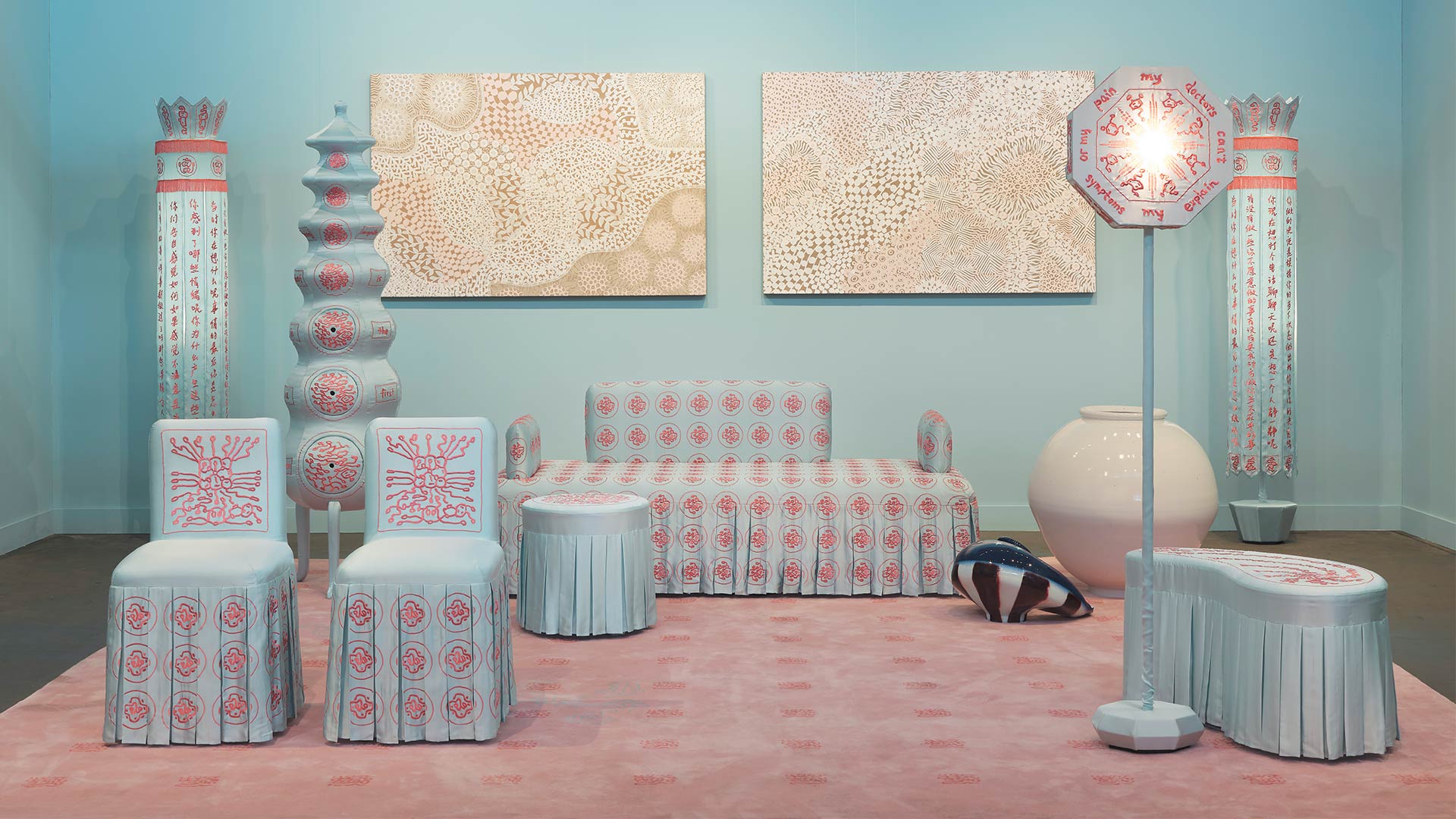
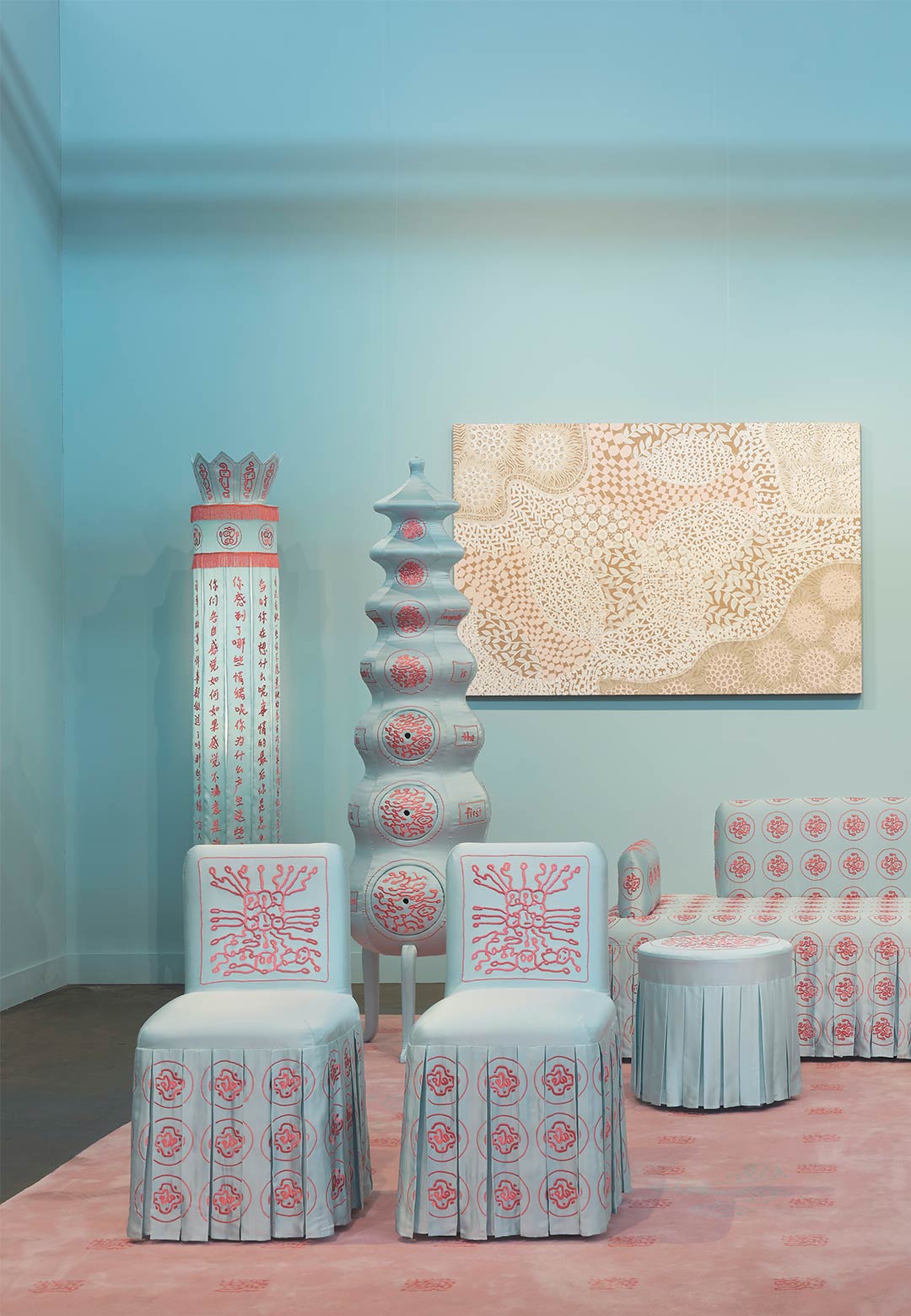
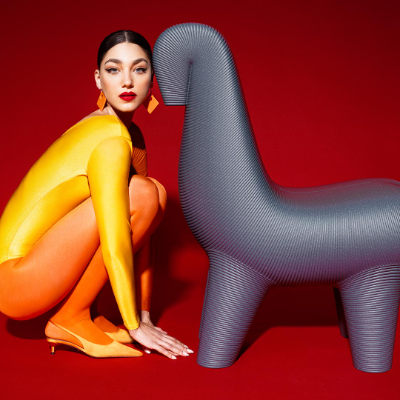
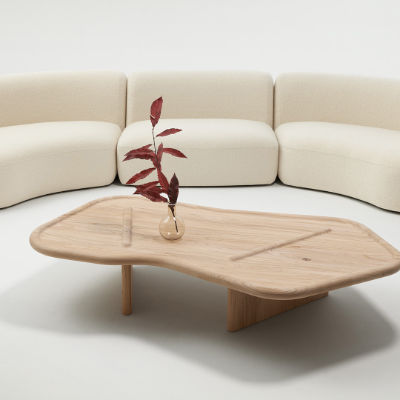
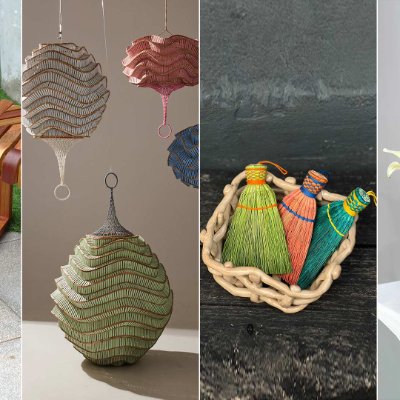
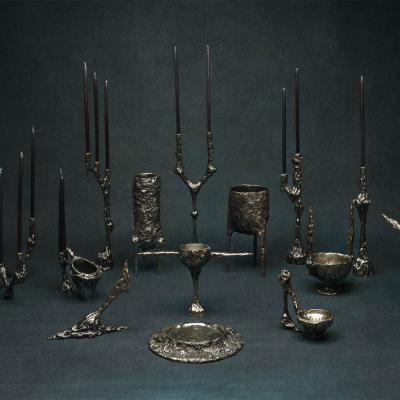
What do you think?